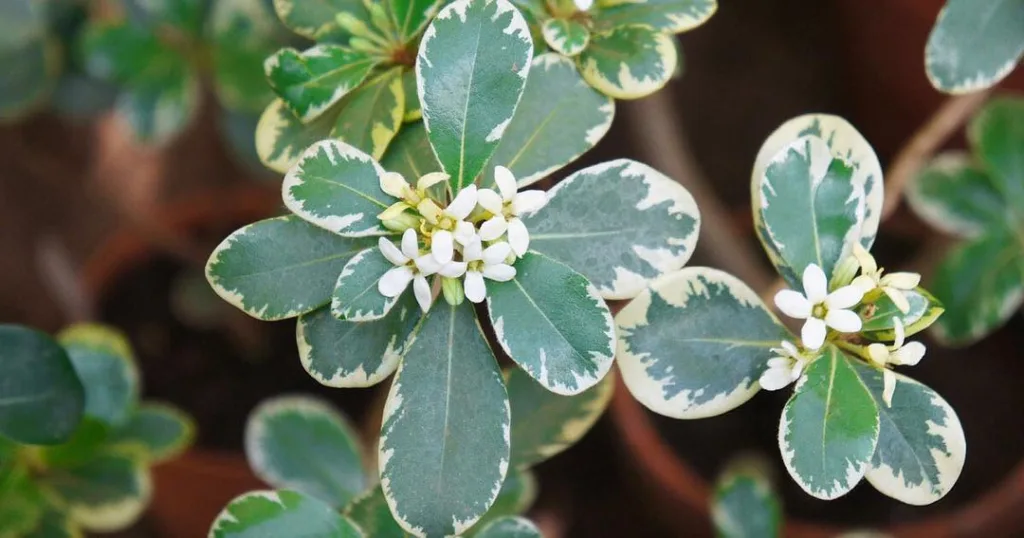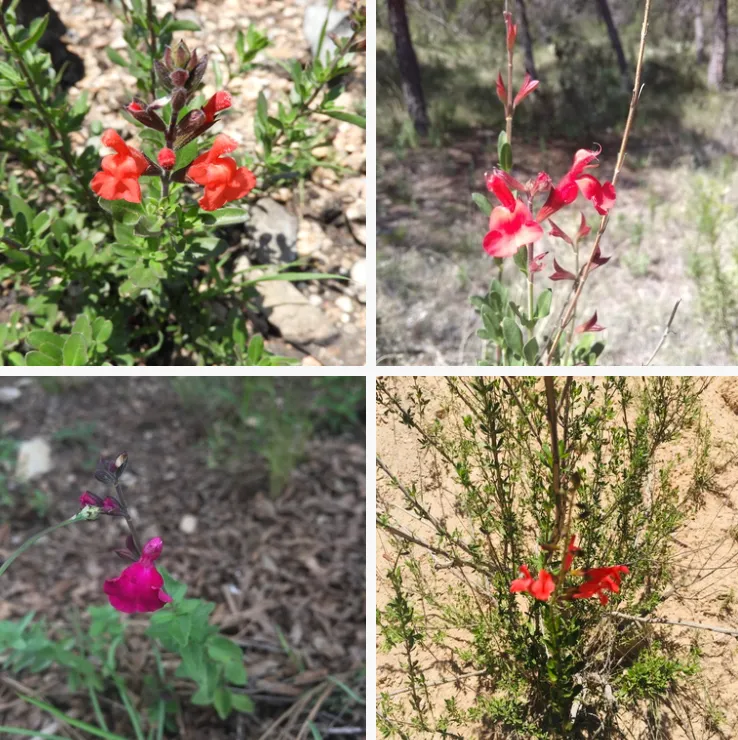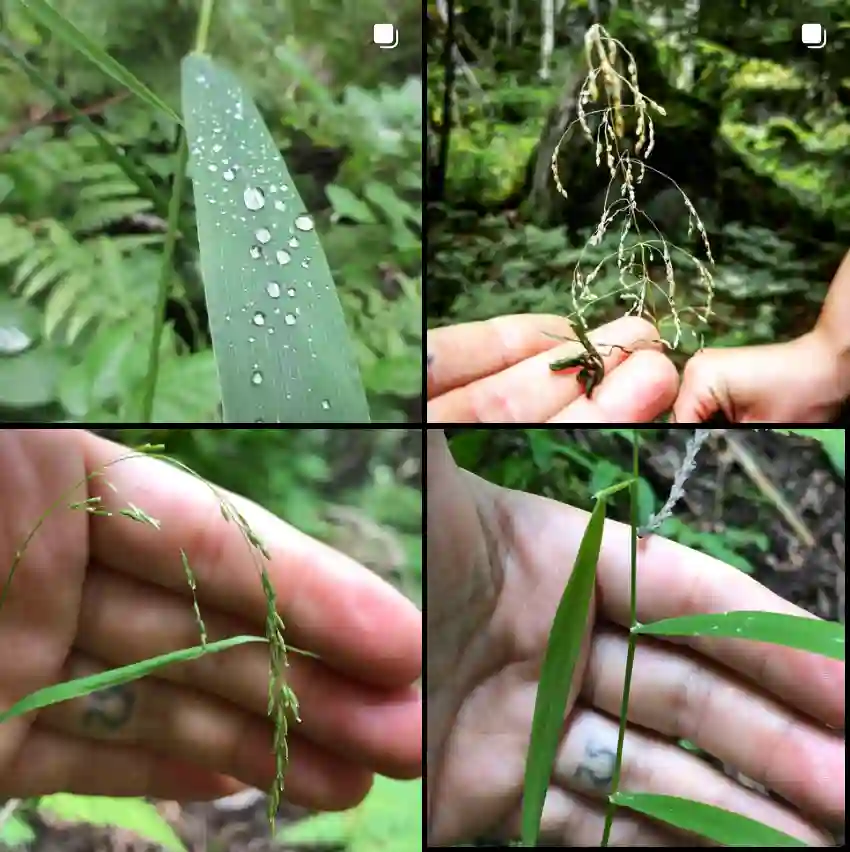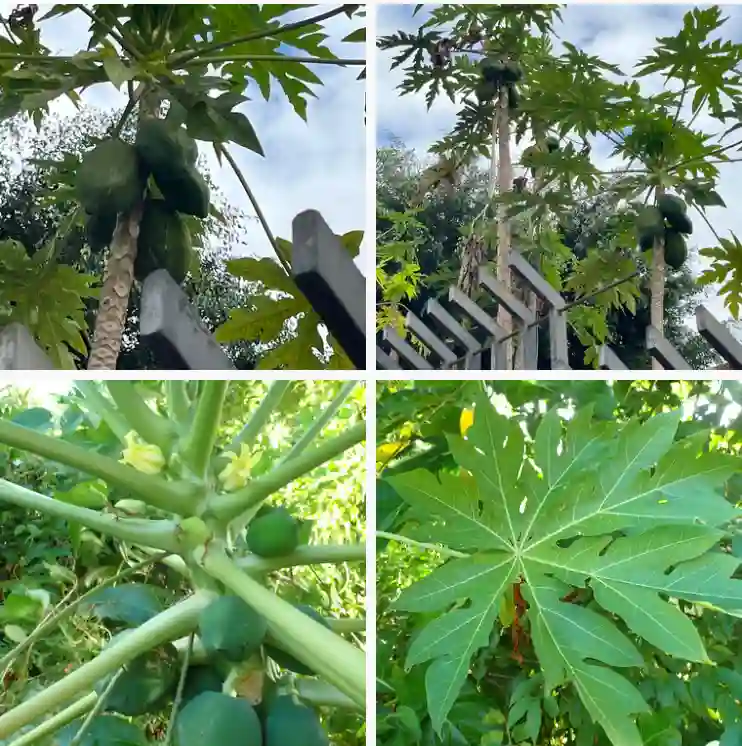
How to take care of Pilea depressa?
The Pilea depressa, also known as the Baby Tears plant, is a charming little houseplant prized for its dense mat of tiny, round leaves. Here’s a breakdown on how to care for your Pilea depressa to keep it thriving:
609 Species in Genus Pilea
Light:
- Bright, indirect light: Pilea depressa thrives in bright, indirect sunlight. Avoid harsh direct sun, which can scorch the delicate leaves. A spot near a window with sheer curtains or filtered light is ideal.
Watering:
- Keep the soil consistently moist: Aim for evenly moist soil, but not soggy. Here’s a good approach:
- Check the soil moisture regularly. Stick your finger into the top inch of soil. If it feels dry to the touch, it’s time to water.
- Water thoroughly when watering, allowing excess water to drain freely from the drainage holes. Avoid leaving the plant sitting in water.
Humidity:
- Moderate humidity is okay: While Pilea depressa can tolerate average household humidity levels, it will appreciate increased humidity, especially if the air is dry. Here are some ways to boost humidity:
- Use a pebble tray filled with water placed under the pot (ensure the pot sits above the water level).
- Group plants together to create a humid microclimate.
- Run a humidifier near your plant occasionally.
- Mist the leaves occasionally with filtered or distilled water (avoid excessive misting which can encourage fungal diseases).
Temperature:
- Warm temperatures preferred: Aim for a warm temperature range between 60°F and 75°F (15°C and 24°C). Protect your Pilea depressa from cold drafts and sudden temperature fluctuations.
Soil:
- Well-draining potting mix: Use a well-draining potting mix that allows for good aeration. Here are two options:
- Standard houseplant mix: A good quality commercial houseplant mix will work well.
- DIY mix: You can create your own well-draining mix using equal parts potting soil, perlite, and coco coir.
Fertilizing (Optional):
- Light feeding: Pilea depressa is not a heavy feeder. You can fertilize it monthly during spring and summer with a diluted balanced fertilizer. However, fertilizing is not essential for healthy growth.
Additional Tips:
- Pinch back leggy growth to encourage a bushier appearance. Simply use your fingers or sharp shears to snip off the top inch or two of stems. New growth will sprout from the nodes below the cut.
- Repot only when the roots outgrow the current container. Choose a pot with drainage holes slightly larger than the root ball.
- Wipe the leaves occasionally with a damp cloth to remove dust and improve light absorption.
Bonus Tip: Pilea depressa can tolerate terrarium environments due to its preference for moderate humidity.
How to propagate Pilea depressa?
Propagating your Pilea depressa (Baby Tears plant) is a rewarding way to multiply your plant and share its beauty with others. Here are two effective methods you can use:
Method 1: Stem Cuttings
This is the most common and straightforward method for propagating Pilea depressa.
Supplies:
- Sharp, sterilized pruning shears or a knife
- Water container (glass or clear jar)
- Well-draining potting mix suitable for houseplants (similar to the mother plant’s mix)
- Pot with drainage holes (optional, for direct planting)
Steps:
- Choose a healthy stem: Select a healthy, actively growing stem with at least 2-3 nodes (the bumps where leaves emerge).
- Make the cut: Using your sterilized shears or knife, make a clean cut just below a node at a 45-degree angle. You can also cut the top portion of a stem if it’s healthy and discard the lower portion.
Water Propagation (Optional):
- Remove lower leaves (optional): You can remove the lowest pair of leaves on the stem cutting to expose more stem for better water absorption.
- Place in water: Fill your water container with fresh, room-temperature water. Submerge the cut end of the stem in the water, ensuring no leaves are underwater.
- Placement: Place the container in a location with bright, indirect sunlight.
- Root development: New roots should begin to grow from the nodes within a week or two. Change the water every few days to prevent bacterial growth.
- Planting: Once the roots reach about 1 inch (2.5 cm) in length, you can plant the Pilea depressa cutting in a pot with well-draining potting mix.
Direct Planting (Optional):
- Prepare the pot: Fill a pot with drainage holes with well-draining potting mix. Moisten the soil slightly but ensure it’s not soggy.
- Planting the cutting: Make a small hole in the soil deep enough to accommodate the stem cutting. Gently insert the cut end of the stem into the hole and firm the soil around the base to secure it.
- Watering: Water lightly to moisten the soil but avoid overwatering.
Aftercare for both methods:
- Placement: Place the newly propagated Pilea depressa in a location with bright, indirect sunlight.
- Watering: Keep the soil consistently moist, but not soggy. Water when the top inch of soil feels dry to the touch.
- Humidity: Maintaining moderate humidity levels can aid in successful propagation. You can use a pebble tray, humidifier, or occasional misting with filtered or distilled water.
- Patience: New growth might take a few weeks to appear.
Method 2: Division
This method is suitable for a mature Pilea depressa that has grown bushy and can be carefully divided.
Steps:
- Preparation: Water the mother plant thoroughly a day or two before division to make the process easier and reduce stress on the plant.
- Unpotting: Carefully remove the Pilea depressa from its current pot.
- Inspect the roots: Gently loosen the root ball and check for any signs of rot or disease. Remove any diseased or rotten sections.
- Division: Gently separate sections with multiple healthy shoots (pups) and their own root systems. Use your sterilized shears or knife to divide the rhizome (underground stem) if necessary.
- Planting: Plant each separated section in its own pot with well-draining potting mix. Ensure the rhizome is positioned slightly below the soil surface.
- Watering: Water the newly divided plants lightly to moisten the soil. Avoid overwatering.
Aftercare for Division:
Follow the same aftercare tips mentioned for stem cuttings (placement, watering, humidity, patience).
Additional Tips:
- Spring and summer are generally considered the best times for propagating Pilea depressa.
- Whichever propagation method you choose, sterilized tools and proper sanitation are important to prevent the spread of diseases.
- Pinching off the top growth of established Pilea depressa plants can encourage bushier growth and provide more stem cuttings for propagation in the future.
Is Pilea depressa toxic to cats?
No, Pilea depressa, commonly known as the Baby Tears plant, is considered non-toxic to both cats and dogs according to reputable sources. This means ingesting parts of the Pilea depressa is not expected to cause harm to your feline friend. Here’s a reliable source to confirm this:
- The American Society for the Prevention of Cruelty to Animals (ASPCA): Their website includes a comprehensive list of toxic and non-toxic plants for pets, and Pilea (Calathea spp.) is listed as non-toxic for both cats and dogs. https://www.aspca.org/pet-care/animal-poison-control
While non-toxic, a few things to keep in mind:
- Potential Stomach Upset: Even though Pilea depressa is not poisonous, ingesting any plant material can cause stomach upset in cats, including vomiting or diarrhea.
- Chewing can Damage Leaves: Cats might nibble on the leaves out of curiosity, which can damage the plant.
- Prevention is Key: Keeping your Pilea depressa out of reach of your cat is the best way to prevent any potential problems. You can achieve this by placing the plant on a high shelf or in a location your cat cannot access.
If you notice your cat showing any unusual symptoms after ingesting a part of your Pilea depressa, it’s always best to consult a veterinarian for professional advice.
Can Pilea depressa grow underwater?
No, Pilea depressa (Baby Tears plant) cannot grow underwater for an extended period. While it can tolerate temporary submersion and might survive in a very humid environment for a short while, it lacks the adaptations necessary to thrive completely underwater. Here’s why:
- Root System: Pilea depressa has a root system designed to absorb oxygen from the air and water from the soil. Underwater, it wouldn’t be able to access sufficient oxygen for healthy growth.
- Physiology: Pilea depressa obtains nutrients through its roots from the soil. They lack the adaptations for underwater nutrient uptake.
- Photosynthesis: While some plants can perform photosynthesis underwater, Pilea depressa relies on its leaves being above water to capture sunlight for this vital process.
Possible Scenarios:
- Temporary Submersion: Pilea depressa can tolerate short periods of submersion, such as accidentally overwatering or briefly flooding. However, this is not ideal and can stress the plant.
- Terrarium Environments: Pilea depressa can be suitable for terrariums due to the increased humidity levels. However, the terrarium should not be completely underwater, and the plant should still have access to some air circulation around its roots.
Here are some alternatives if you’re interested in underwater plants:
- True aquatic plants: Many aquatic plant species thrive entirely underwater and can add beauty and oxygen to your aquarium. Popular options include Hornwort, Anacharis, and Cryptocoryne varieties.
- Emergent plants: Some plants can grow with their roots underwater and their foliage above water. Examples include Water Sprite, Water Hyacinth, and some Swordtails.
Pilea Depressa vs Soleirolia Soleirolii
To distinguish between Pilea Depressa and Soleirolia Soleirolii, pay close attention to their foliage. Pilea Depressa exhibits larger, thicker, and more succulent leaves compared to the smoother, unscalloped leaves of Soleirolia Soleirolii.
If i die, water my plants!



